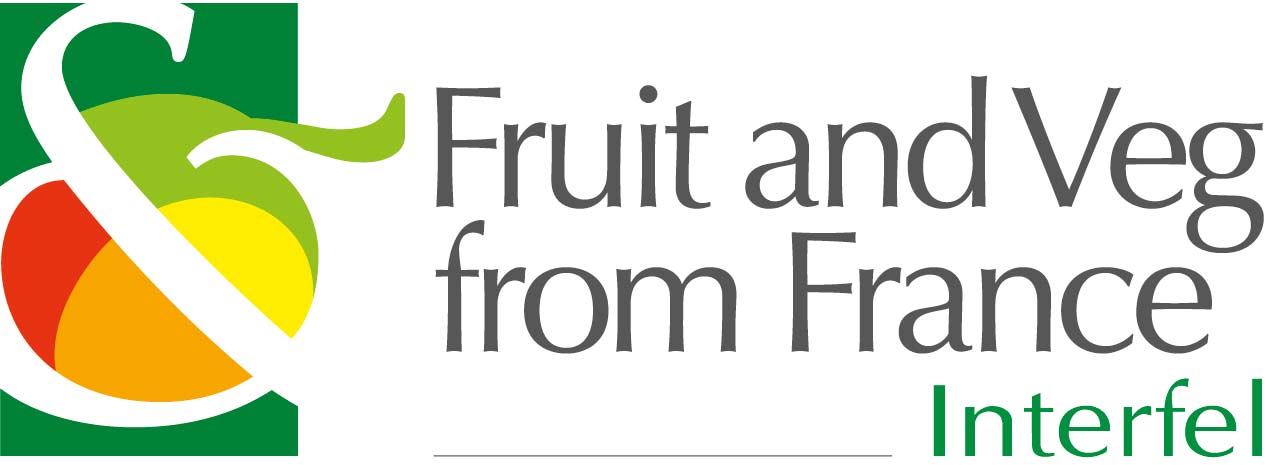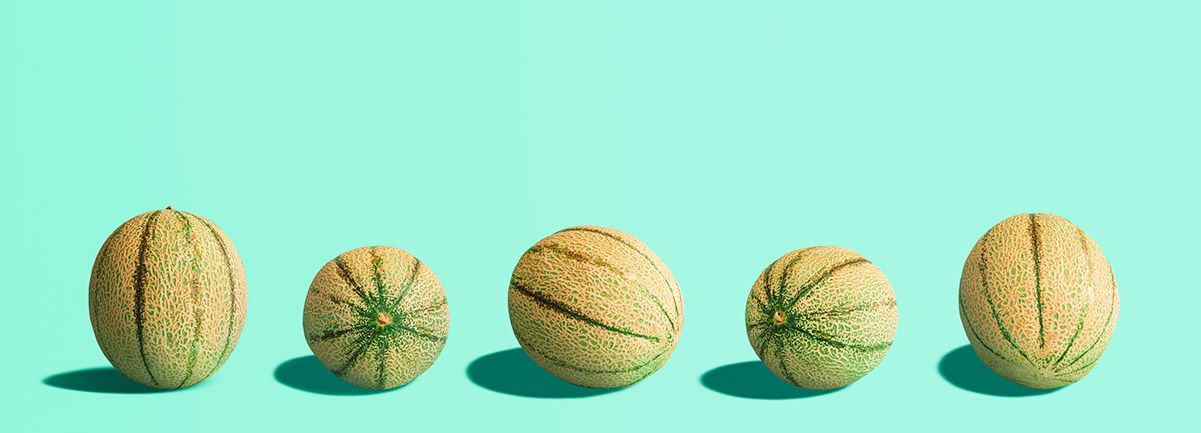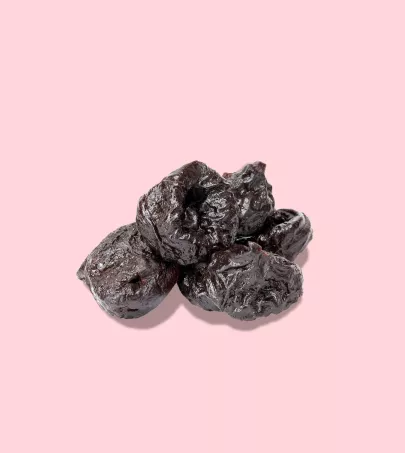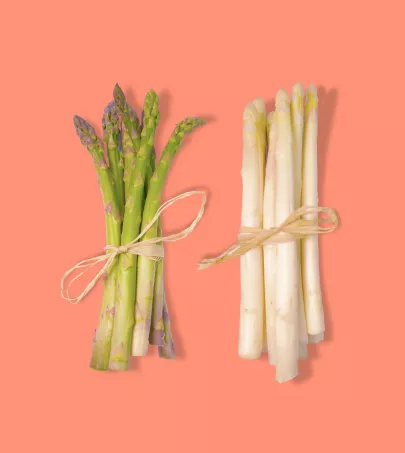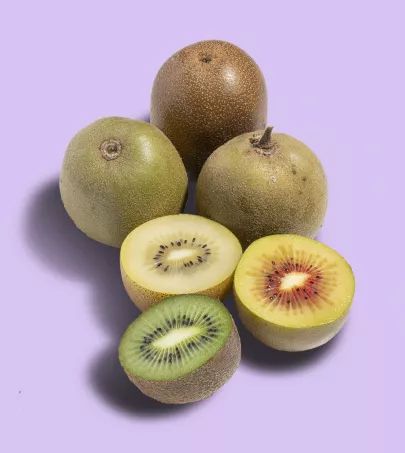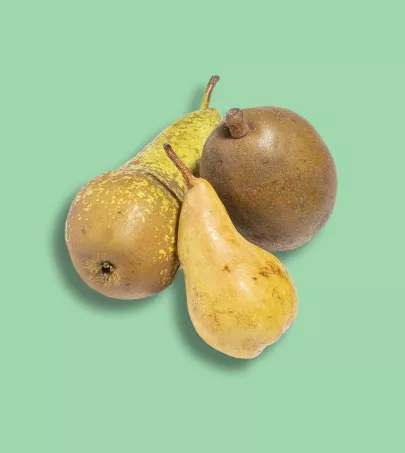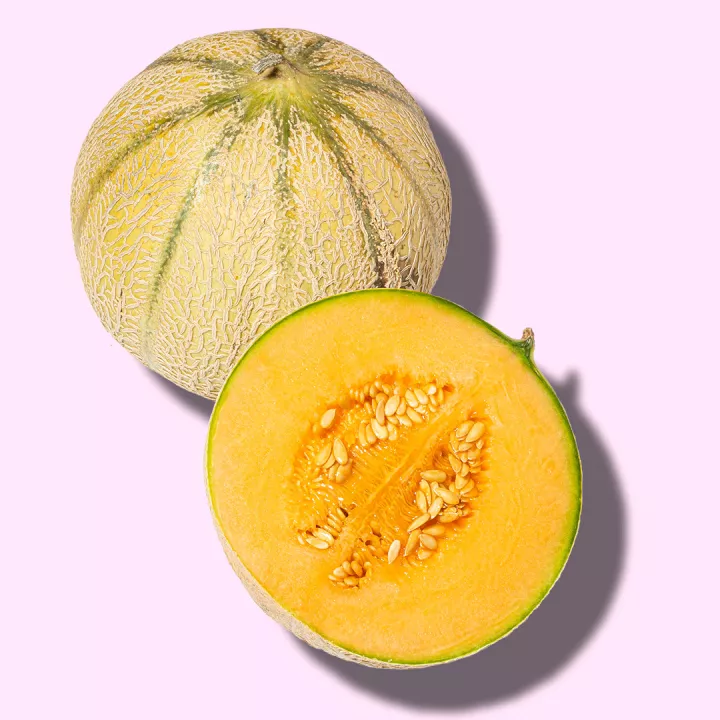
French Melons

Brittany, Pays de la Loire, Centre-Val de Loire, Nouvelle-Aquitaine, Occitanie, Provence-Alpes-Côte d’Azur, Auvergne-Rhône-Alpes
Round, tasty and particularly refreshing, melons work wonders at the height of summer, from June to September. Especially as they can be enjoyed just as they come, with no preparation time!
What you need to know
Melon is one of the favorite fruits of the French and has been for a long time! Originally from Africa, melons came to Europe mainly in the 16th century. It was Jean-Baptiste de la La Quintinie, the head gardener of Versailles under Louis XIV, who gave melons a real boost, by significantly improving the quality of this creeping plant from the squash family. French farmers have continued to develop the fruit ever since. Nowadays, it is grown from the west to the south of the country, always according to the same general principles. First, plant the seedlings in heated or unheated shelters or in the open field. Plant them out in the spring, prune them and then harvest the fruits in summer, early and by hand, so as not to damage them. Some melons stand out from the crowd, with different designations from official quality marks, such as the Label Rouge, or as in the case of Haut-Poitou and Quercy melons, a PGI guaranteeing optimal maturity in particular, and therefore exceptional taste and texture.
Characteristics
Look
Touch
Taste
Nutritional benefits
Melons have a particularly high water content, are a source of potassium and vitamin B9, and are rich in vitamin A.
Editor's note
How to use
Storing French Melons
Melons can be kept for a maximum of six days, in the open air if they need to finish ripening or in the refrigerator if already ripe, taking care to wrap the fruit to prevent its powerful aroma from altering other foods.
Preparing French Melons
It’s best to remove the seeds and rind before eating or even cooking.
Serving French Melons
Although it can be gently cooked or prepared in ice cream, sorbet or salad, melon is most often enjoyed raw.
Pair with
Serve with nectarines, strawberries, mint, raw ham, or grilled fish. As for the wine, a Lirac rosé will do nicely!
On the same subject
Recipes with this product

Melon, Tomato & Apricot: A Bastille Day Menu
In partnership with Fruit and Veg from France

Melon, Bayonne ham and blue cheese salad
In partnership with Fruit and Veg from France

